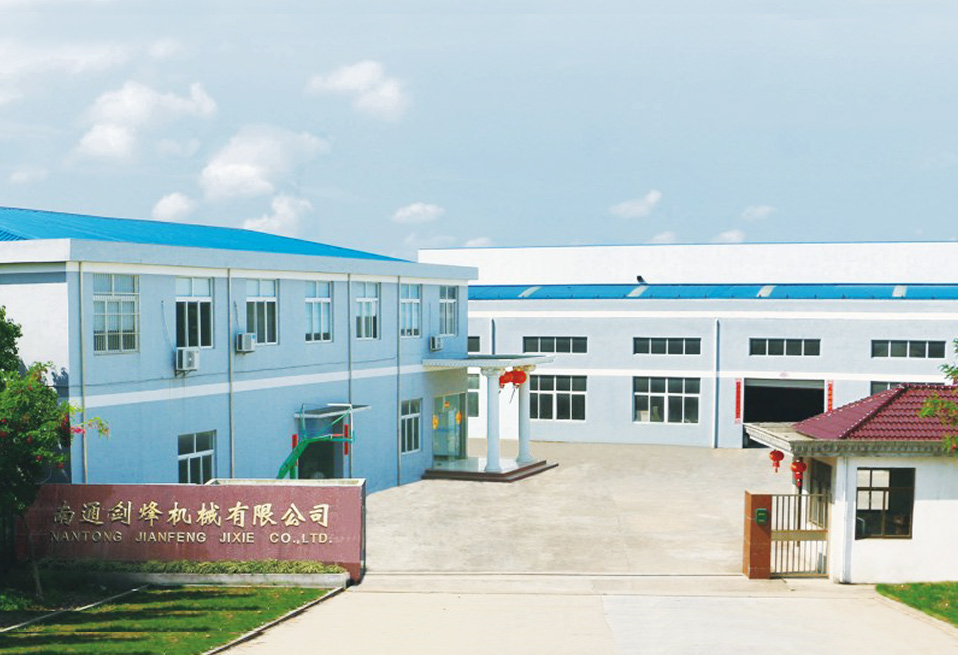
Nantong Jianfeng Machinery Co., Ltd. is a professional engaged in research and development, production, management of pharmaceutical and food machinery, science and technology enterprises. Founded in 1984, covers an area of 12000 squaremeters,construction area of 6000 square meters, with annual sales of more than 25 milion . With the professional design, R&D, manufacturing and installaton and commissioning team, has developed into a certain scale pharmaceutica supplier.
As China Metal Detector Manufacturers and Metal Detector Factory, Jianfeng Machinery has constantly transformation in recent years, product innovation, independent R & D and production of Cotton Stuffing Machine, Counting & bagging machine, Automatic machine for cotton ball, multifunctional labeling machine, capping(pressing) machine and etc,. In 2015 had passed the CE, ISO product certification, 2016 went on and certified 7 utility model patent issued by the State Property Bureau. We have been favored by customers with professional technology, high-quality products, professional manufacturing processes, outstanding management and intimate service, and won wide domestic and foreign markets.
We are located in Wujia industrial park, Tongzhou district .Nantong cityJiangsu province. Close to Shanghai, superior position and convenient trafic. ln this area full of opportunities, customers needs are the foundation of our survival and meeting customers needs is the driving force of our development. By holding the business philosophy of “customer centered, serving customers whole-heartedly” and sticking to the principle of “advanced technology ,elaborate manufacturing,truth-seeking and pragmatism, considerate service” ,our company provides high quality products and sincere service for customers. Our survival and development space will become wider only through continously innovating and surpassing ourselves.






The particle filling packaging line is a device specially used for automatic filling and packaging of granular materials. In order to keep the equipme...
View MoreGranule filling and packaging lines are automatic filling and packaging equipment specially used for granular materials. They are widely used in food,...
View MoreWhen working on the powder filling and packaging line, you need to pay attention to multiple aspects to ensure the smooth progress of the production p...
View MorePowder filling and packaging line is an automated production line specially used for filling, weighing and packaging of powder products. Powder fillin...
View MoreAs an automated packaging equipment, the powder filling packaging line has many advantages in modern industrial production. First, it can significantl...
View More